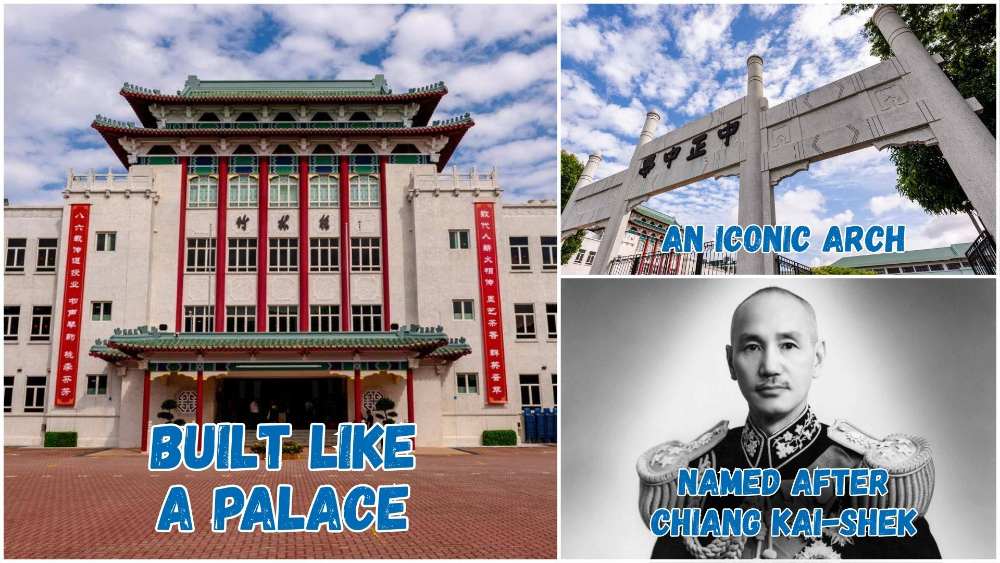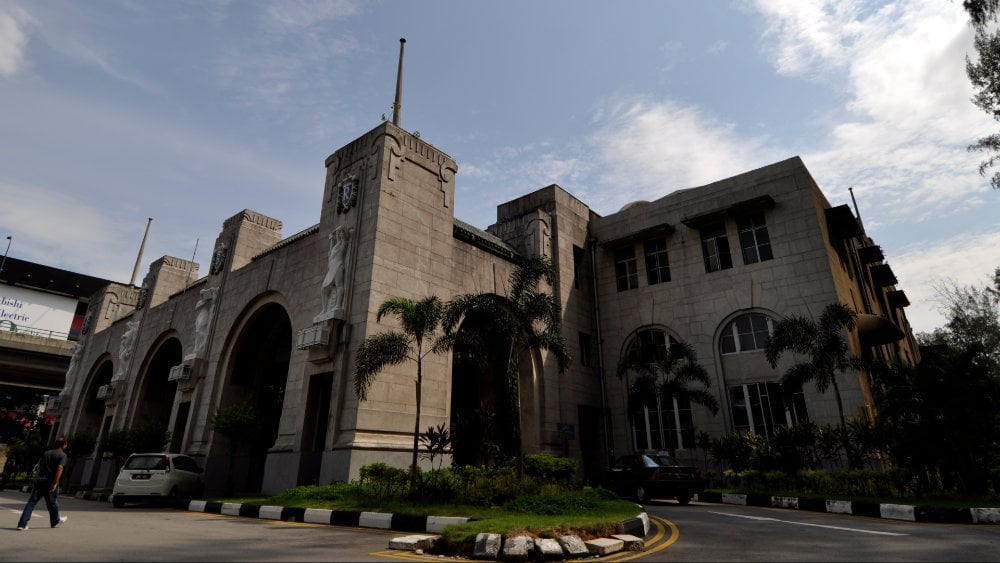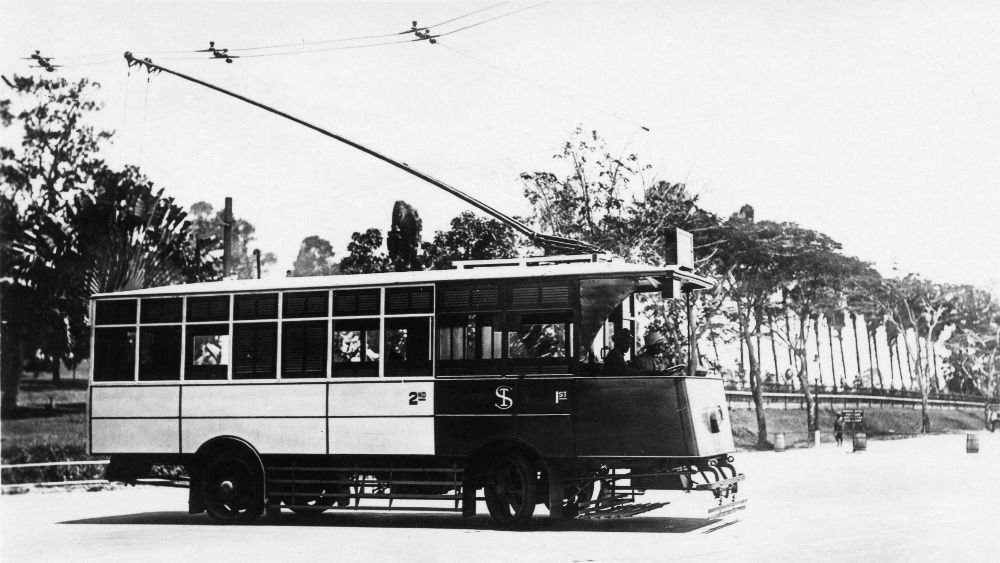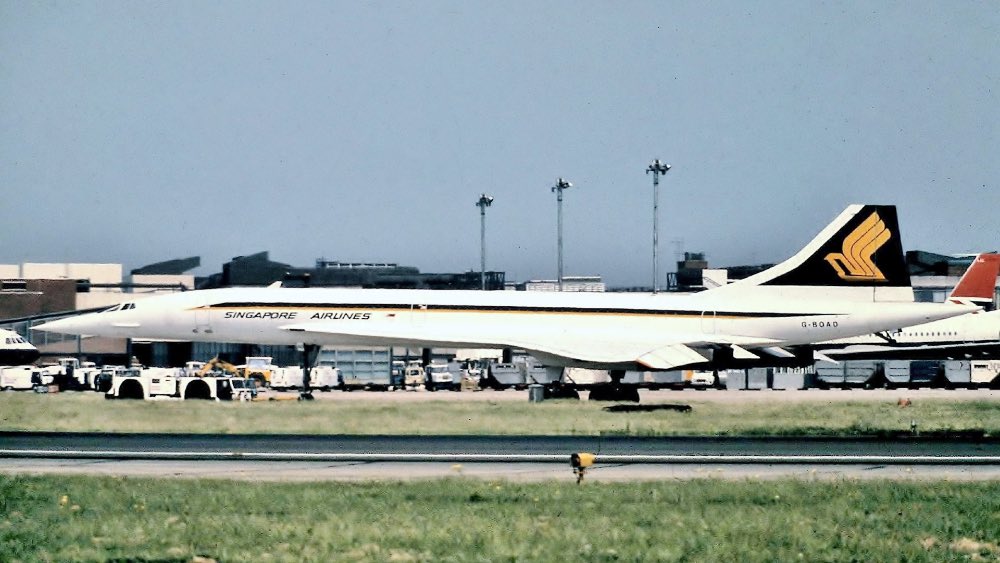On This Day In 1932, Tanjong Pagar Railway Station Opened At Keppel Road
93 years ago today (2 May 1932), Tanjong Pagar Railway Station was officially unveiled to the public. A grand and architecturally striking terminal along Keppel Road, the station became the southern gateway connecting Singapore to the rest of West Malaysia.
From its stately Art Deco façade to its role as a Malaysian checkpoint on Singapore soil, this building has seen nearly a century of history.
A railway fit for a colony
Tanjong Pagar Railway Station was built between 1929 and 1932 by Brossard and Mopin Ltd on reclaimed land. Officially opened on 2 May 1932 by then-Governor Cecil Clementi, it served as the southern terminus of the West Coast Line operated by the Federated Malay States Railway (FMSR).
Its strategic location, right across from the busy Tanjong Pagar docks, made it a key hub for the smooth transfer of goods between steamships and trains. Even before its official opening, the building hosted the Singapore Manufacturers’ Exhibition in January 1932, hinting at its multifaceted purpose.
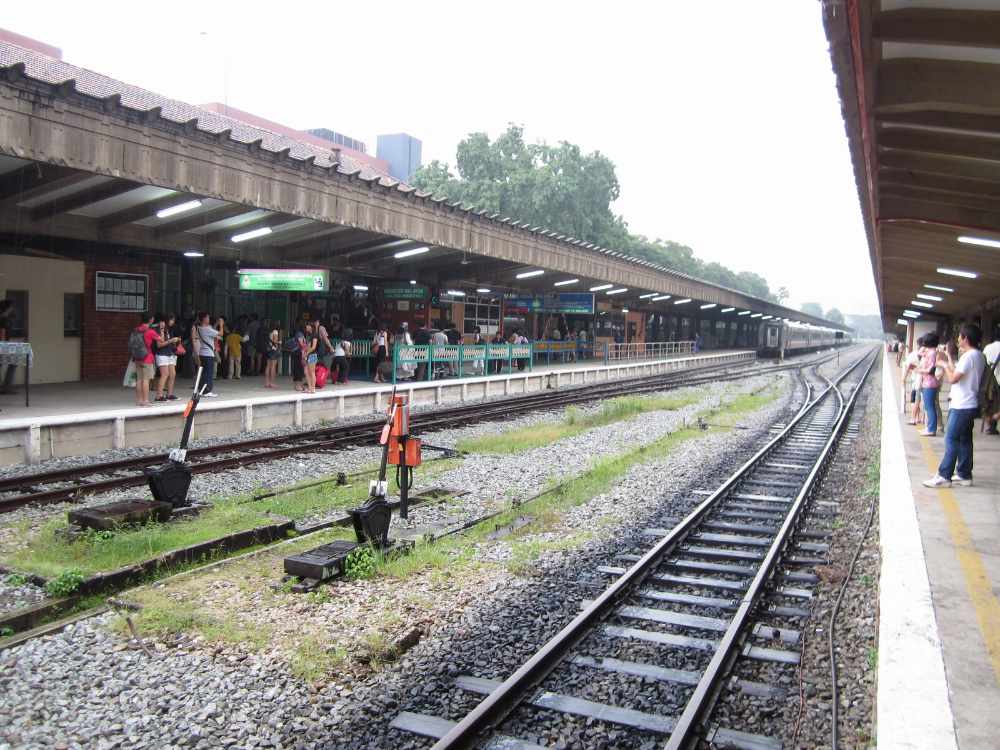 Commuters waiting to board the train. | IMAGE: WIKIMEDIA COMMONS
Commuters waiting to board the train. | IMAGE: WIKIMEDIA COMMONS
A unique cross-border arrangement
The story of Tanjong Pagar Railway Station is deeply intertwined with the history of Singapore and Malaysia. Following the Singapore Railway Transfer Ordinance in 1918, the British colonial government handed over approximately 200 hectares of railway land in Singapore to the FMSR for a 999-year lease.
After World War II, management shifted to the Malayan Railway Administration (later KTM Berhad). When Singapore became independent in 1965, KTM retained control of the railway land, making Tanjong Pagar Station (somewhat unusually) a piece of Malaysian territory within Singapore.
This meant passengers had to go through customs at the station itself, making it an official border checkpoint. At one point, the peculiar arrangement even saw travellers being cleared into Malaysia before being cleared out of Singapore.
KTM used to run six trains daily between Singapore and Kuala Lumpur, as well as to other stops in Peninsular Malaysia. It also used to operate a shuttle service between Singapore and Johor Bahru.
Land swaps and the final departure
Efforts to resolve the land ownership issue spanned decades. In 1990, both governments signed the Points of Agreement, in which Malaysia agreed to vacate the station in exchange for parcels of land elsewhere in Singapore. But it wasn’t until breakthrough talks in 2010 that the terms were finally implemented.
In exchange for vacating the station and surrounding land, Malaysia received six plots in prime areas like Marina South and Ophir-Rochor for joint development with Singapore’s Temasek Holdings.
And so, on 30 Jun 2011, the station saw its final train departure. The event drew a huge crowd and extensive media coverage. The Sultan of Johor also performed a ceremonial send-off, piloting the last train to Johor Bahru Sentral. At midnight, the station’s long and storied journey came to an official close.
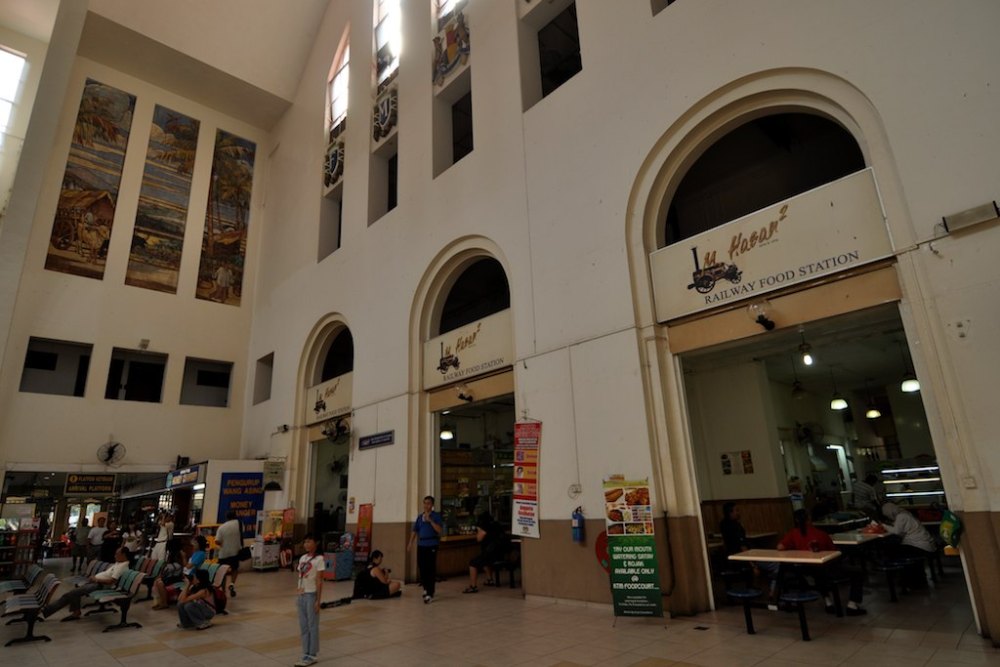 The interior of Tanjong Pagar Railway Station. | IMAGE: WIKIMEDIA COMMONS
The interior of Tanjong Pagar Railway Station. | IMAGE: WIKIMEDIA COMMONS
A monumental legacy
The station wasn’t just a transit point, it was a small world of its own. There was a convenience store, a money changer (set up post-independence to deal with separate currencies), and even a hotel.
Operated by the Lim family for over 60 years, the hotel once welcomed royalty and colonial dignitaries. Its manager, Lim Jit Chin, even earned a spot in the Guinness Book of Records as the world’s second-longest serving hotel manager before the hotel closed in 1993. The Lims also ran the Prairie Express Pub and a restaurant on site.
 Construction of the new Cantonment MRT station at Tanjong Pagar Railway Station. | IMAGE: WIKIMEDIA COMMONS
Construction of the new Cantonment MRT station at Tanjong Pagar Railway Station. | IMAGE: WIKIMEDIA COMMONS
A new lease of life
Before it shut its doors for good, Tanjong Pagar Railway Station was gazetted as a national monument on 8 Apr 2011.
Since closing, Tanjong Pagar Railway Station has enjoyed a second life as a venue for events and exhibitions. During SG50 celebrations in 2015, the Singapore Land Authority even hosted a nostalgic bash complete with traditional games and a National Day Parade screening.
Today, the station remains closed while construction is underway for the new Cantonment MRT station, part of the Circle Line. For more info about the station and the building’s architectural features, check out this article.
For the latest updates on Wonderwall.sg, be sure to follow us on TikTok, Telegram, Instagram, and Facebook. If you have a story idea for us, email us at [email protected].


